Affiliate links on Android Authority may earn us a commission. Learn more.
The stats are in and they say people like cheaper phones. Gee, what a surprise.
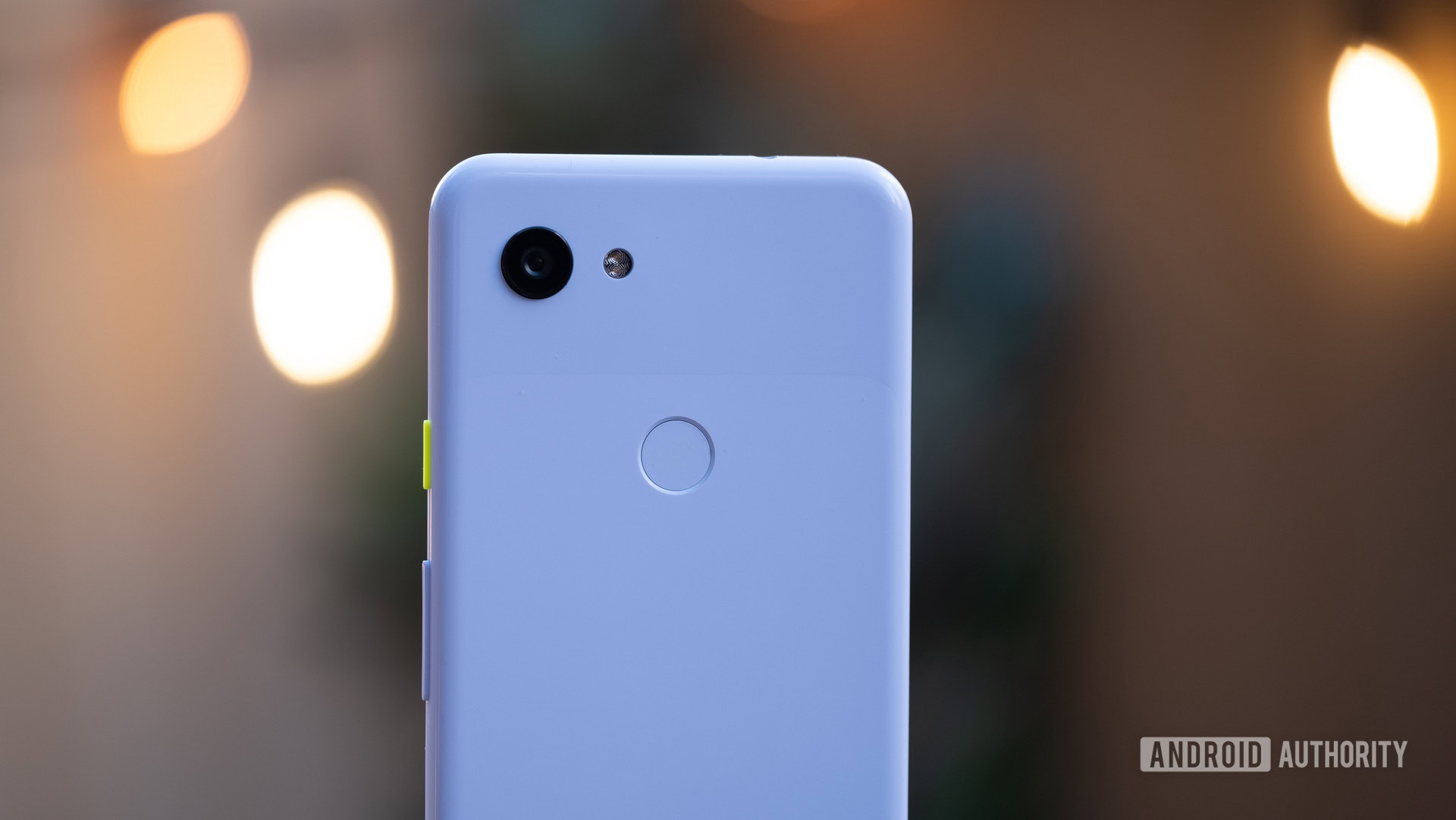
Around the world, there are a plethora of mid-range smartphone options available. Cheap phones that still don’t skimp on specs and features are on offer from companies such as Huawei, Xiaomi, Oppo, and more.
However, most of those phones are unavailable in the United States. Here in the U.S., the average consumer generally only thinks of two brands when buying a smartphone: Apple and Samsung. Within those two brands, consumers mostly know about the pricey flagship models, leading them to believe that buying a new phone is undoubtedly going to be a very expensive ordeal.
Over the past year, though, we’ve seen cheaper options from Apple, Samsung, and even Google, in the form of the Apple iPhone XR, Samsung Galaxy S10e, and the Google Pixel 3a and 3a XL. While we wouldn’t call these “cheap phones” (aside from the Pixel 3a, which is definitely cheap), they certainly are less expensive than their higher-end counterparts.
Since these devices have been on sale, we’ve noticed something that pretty much everyone likely assumed would happen: the phones are selling incredibly well, in many cases even better than the more expensive variants.
It’s almost as if people want to spend less money on phones. Imagine that.
The numbers speak for themselves
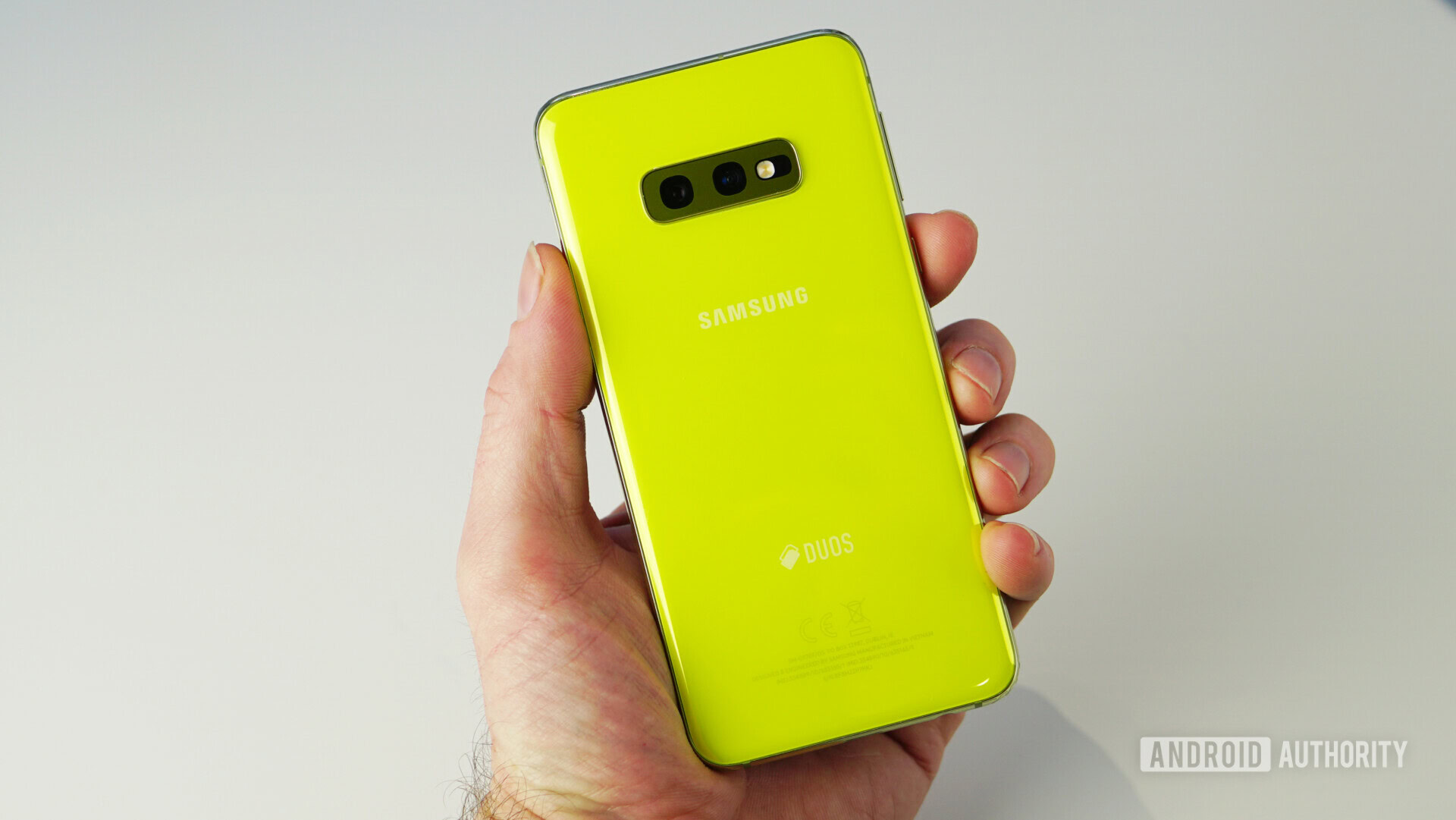
Let’s take a look at what we know about the sales of the three most-prominent cheap phones here in the U.S.: the Pixel 3a family, the iPhone XR, and the Galaxy S10e.
Yesterday, Google posted its financial results for the previous quarter. In those results, it revealed that Pixel sales doubled as compared to last year. This is likely due to the Pixel 3a and 3a XL, as they are the most prominent Pixel devices at the moment. This number was also likely buoyed by the fact that you can buy the Pixel 3a on every carrier, not just Verizon, as has been the case with every previous Pixel smartphone.
For the Galaxy S10e, we know that Samsung was able to increase its smartphone market share in North America thanks partially to the introduction of the budget-oriented device while also bringing in more revenue during the second quarter of the year based on the success of the S10 line in general. We don’t have any hard numbers about the S10e in particular, but that could change with Samsung’s upcoming reports for Q3.
Finally, for the Apple iPhone XR, we have a report from Consumer Intelligence Research Partners (CIRP) that says the cheaper iPhone accounted for 48 percent of all iPhone sales last quarter. Check out the chart below (via MacRumors):
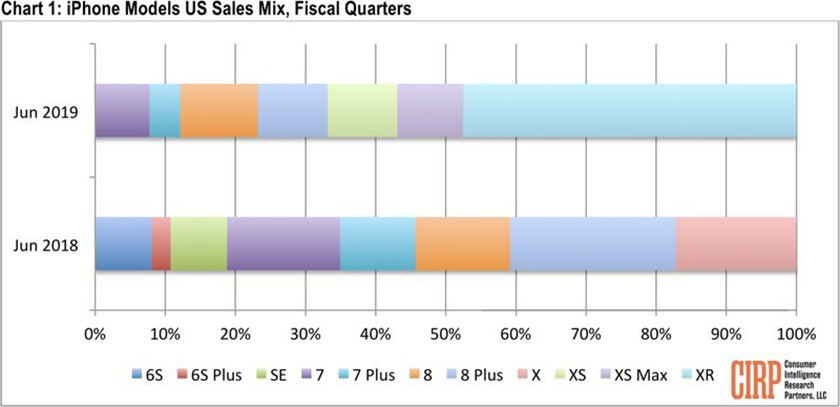
Even if you combine the sales of the iPhone XS and iPhone XS Max, you’ll barely have half as many sales as seen for the iPhone XR.
As a side note, we’ve also seen stellar sales numbers in the United States for the OnePlus 6T, another budget-oriented smartphone. We’ve also learned that Samsung is starting to introduce more cheap phones in the U.S., such as the Samsung Galaxy A50.
The bottom line is that United States consumers are buying cheaper phones — in the case of Apple, they are buying the cheapest model from 2018 more than any other variant.
Why did it take this long?
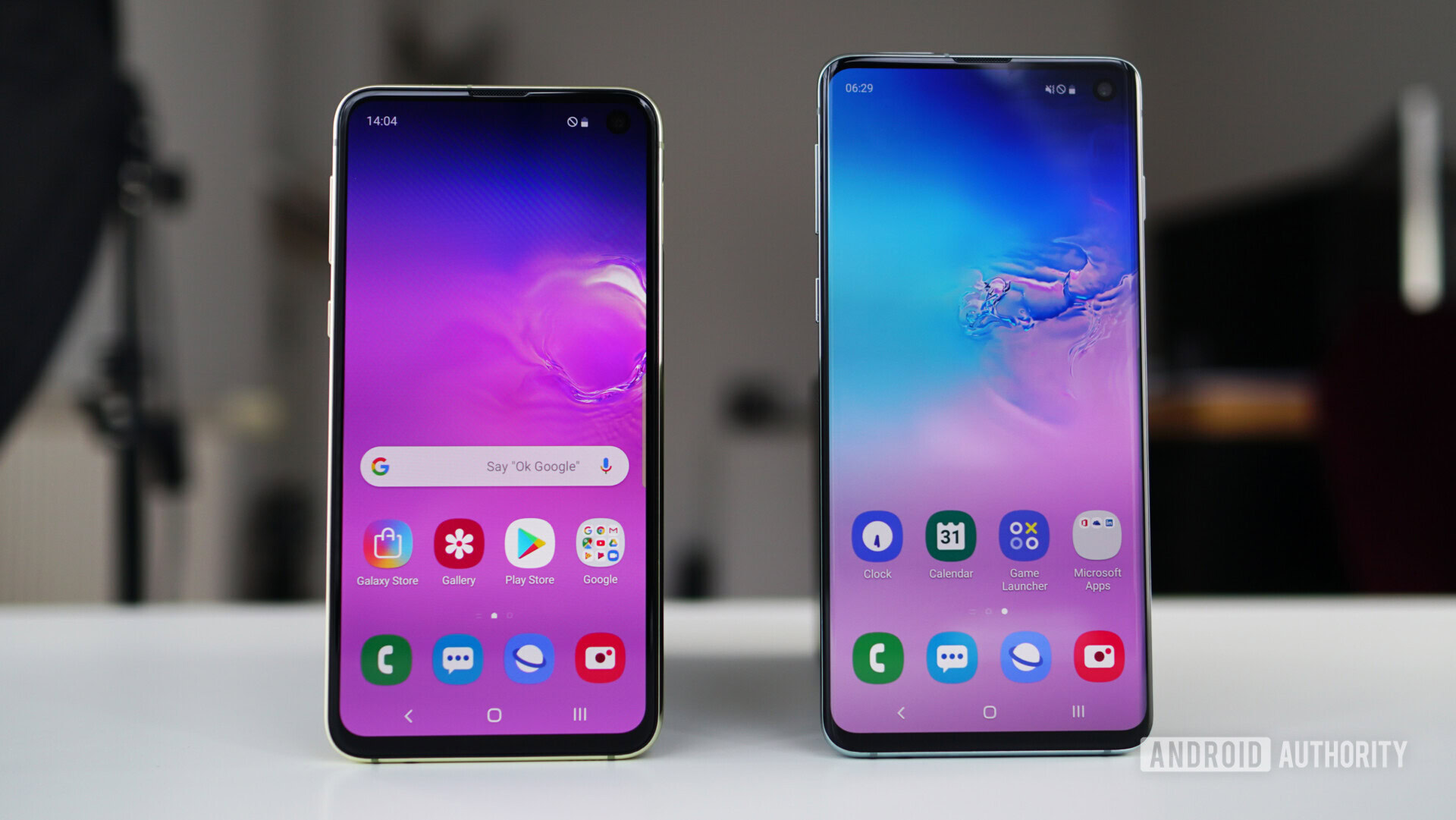
The data in the previous section should come as little surprise to anyone. People, generally, want to spend less money on things, so if you give them an option to buy a cheap phone that still delivers everything they want and need, they will buy it.
Surprisingly, it took this long for these companies to realize this would be a winning strategy.
Think about October of last year when Google launched the Google Pixel 3 and 3 XL. The company increased the starting price for the device by $150 — the Google Pixel 2 cost $650 at launch in 2017, whereas the Pixel 3 in 2018 started at $800. That’s the exact opposite of what many people want.
Apple did the same thing in 2017 with the launch of the iPhone X, which started at $1,000. That made the iPhone 8’s starting price seem like a bargain at $699, although that device carried over the same design of the previous two generations.
Samsung also jacked up the price of the Galaxy Note 9 by $70 as compared to the Note 8 and even introduced a crazy-expensive variant that started at $1,250.
The companies made all these price increases without offering a more budget-oriented solution that didn’t involve consumers needing to sacrifice modern design or top-tier features. Unsurprisingly, smartphone sales suffered for all three companies.
Now, with the introduction of cheaper options, smartphone sales are going up at all three companies. Maybe the strategy was to introduce sticker shock to consumers for a time and then swoop in later with a budget model? If so, that seems like an awkward way of doing things.
What does the future hold?
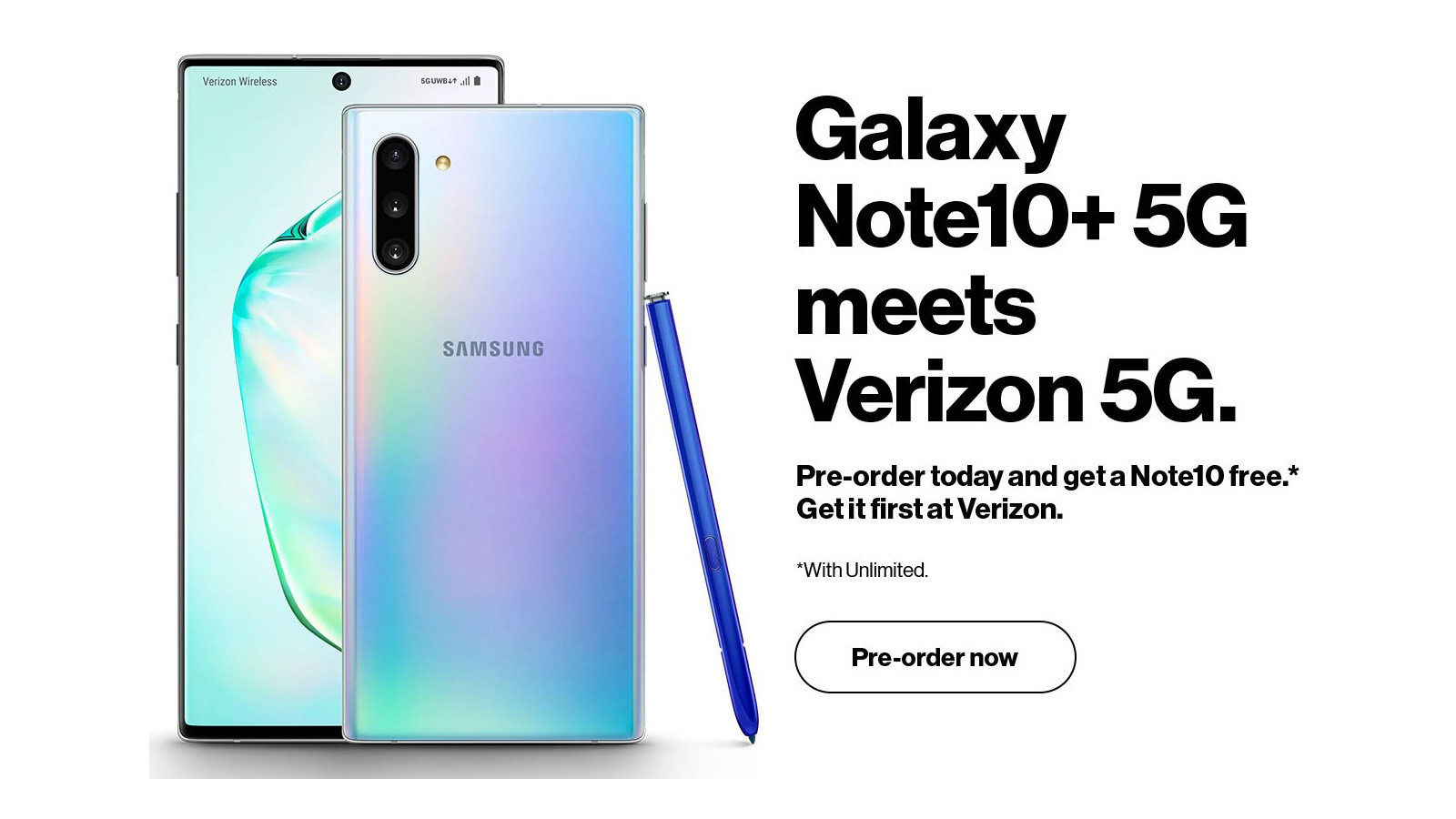
We’re less than two weeks away from the launch of the Samsung Galaxy Note 10, Galaxy Note 10 Plus, and Galaxy Note 10 Plus 5G. We don’t have any confirmed pricing for the devices, but we expect them all to be incredibly expensive.
At this point, we are under the impression that the best-case scenario is that the entry-level model of the Galaxy Note 10 line will be the same price as last year: $1,000. It could be higher than that, but it almost certainly won’t be lower.
We are also a few months away from the launch of the Google Pixel 4 and Pixel 4 XL. With a new, multi-lens rear camera confirmed as well as a whole lot of rumored front-facing sensors, it’s a good bet that the Pixel 4 won’t be any cheaper than the Pixel 3.
Related: Google Pixel 4 and Pixel 4 XL: All the rumors in one place
As far as Apple goes, we expect the company to launch two new, very expensive iPhone 11 models as well as a new entry in the “R” series in September. How expensive that “R” model will be is anyone’s guess. Once again, it’s not likely to be any cheaper than the iPhone XR, but it could start at the same price.
With these expensive models on the way, will consumers balk now that they know these companies are capable of delivering much cheaper variants? Why bother spending $1,000 on the next Note when you know a new Galaxy device with a much better price tag is just as easy to get? Are an S Pen and some upgraded internal specs really going to matter that much to the average consumer?
Time will tell, but it seems these companies have already figured out what consumers want. Now, they just need to be smart enough to continue giving it to them.
Next: Fastest charging cables for the Samsung Galaxy S10, S10 Plus, and S10e